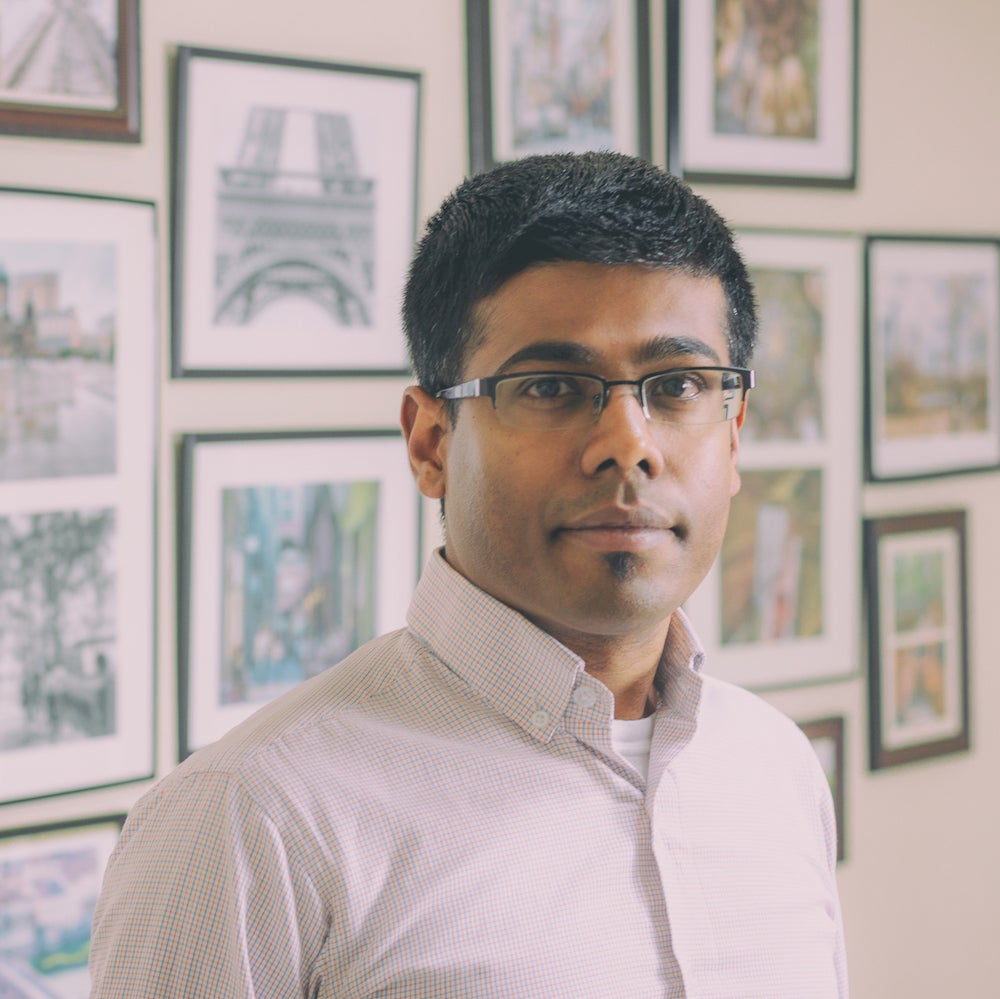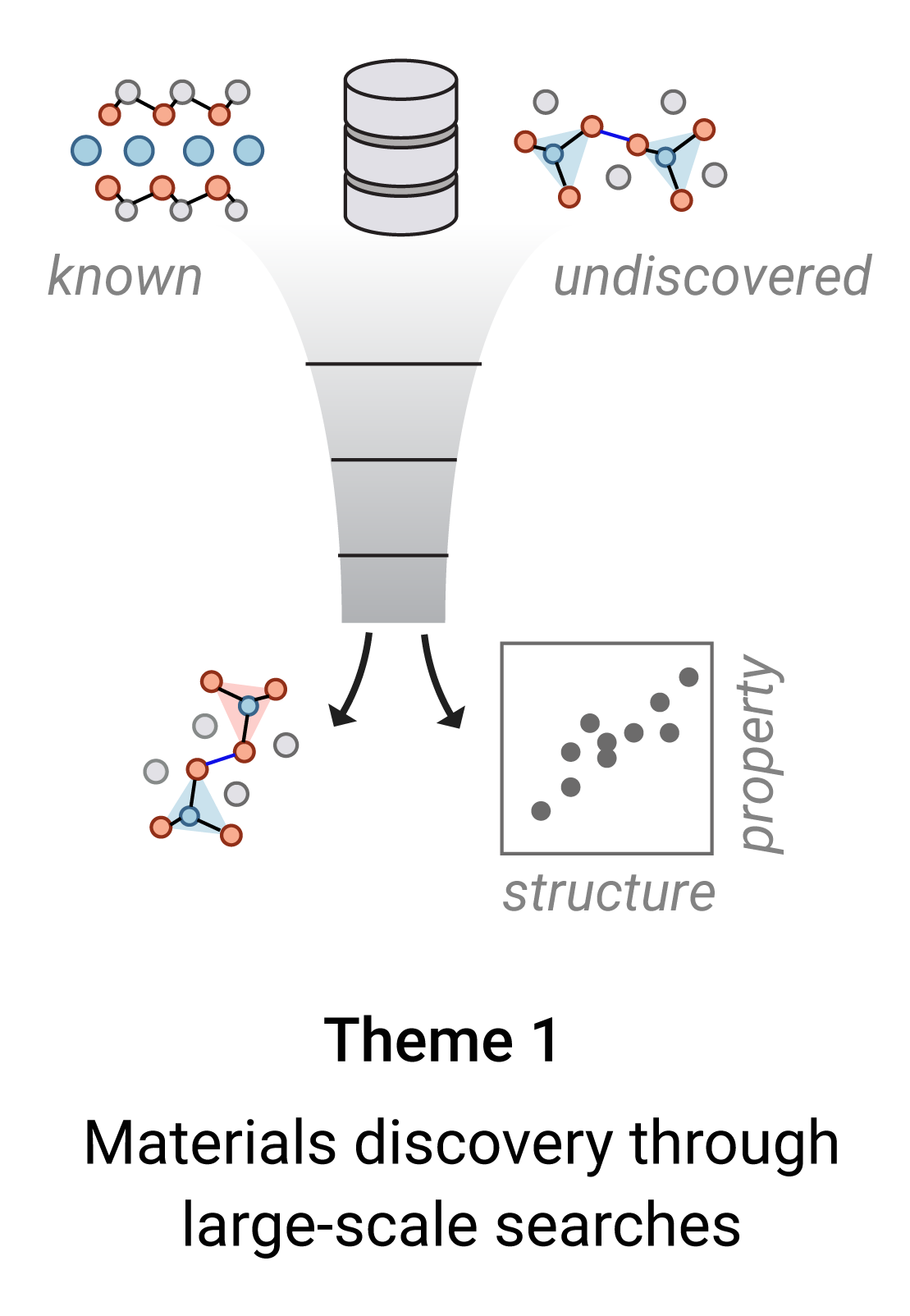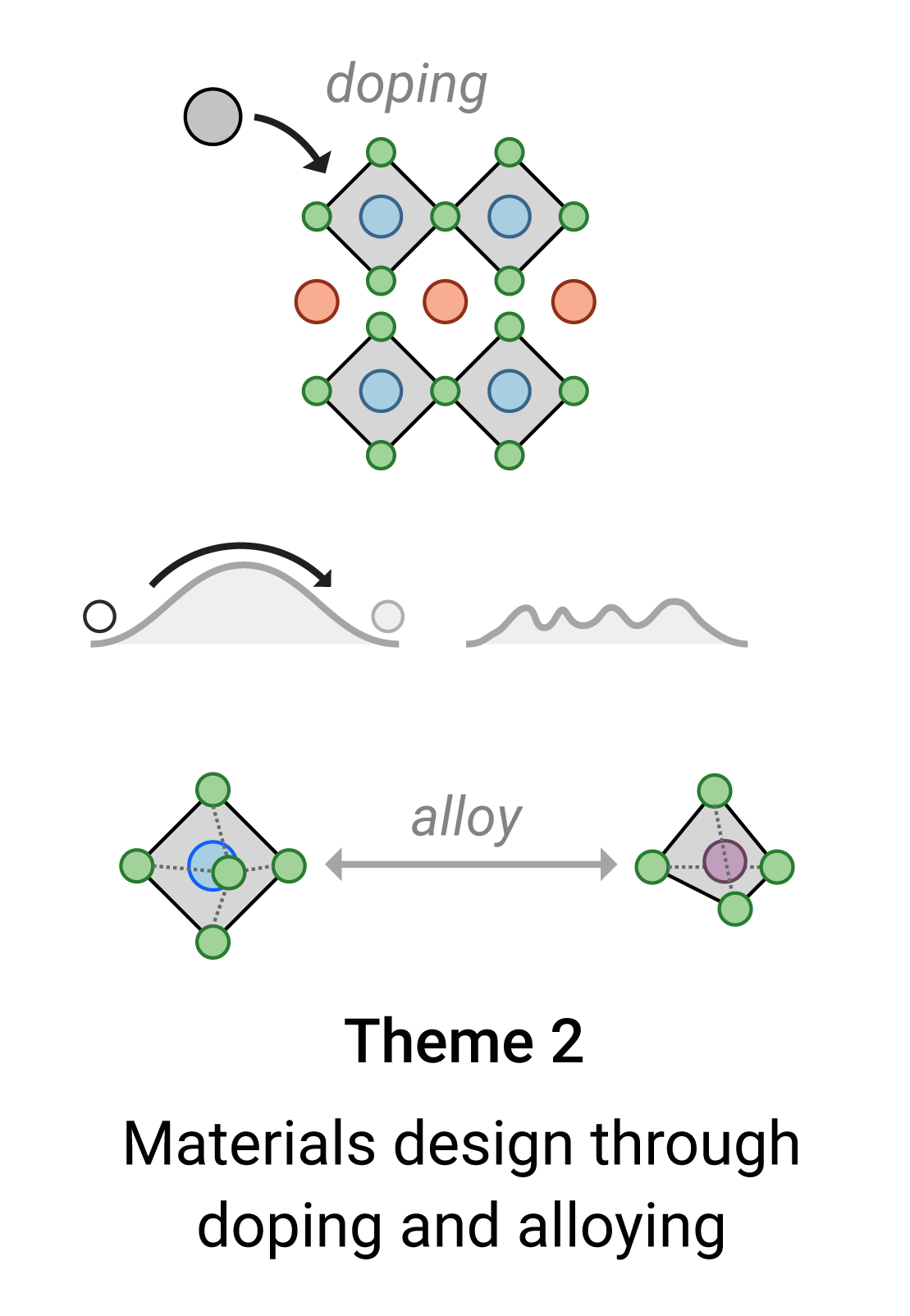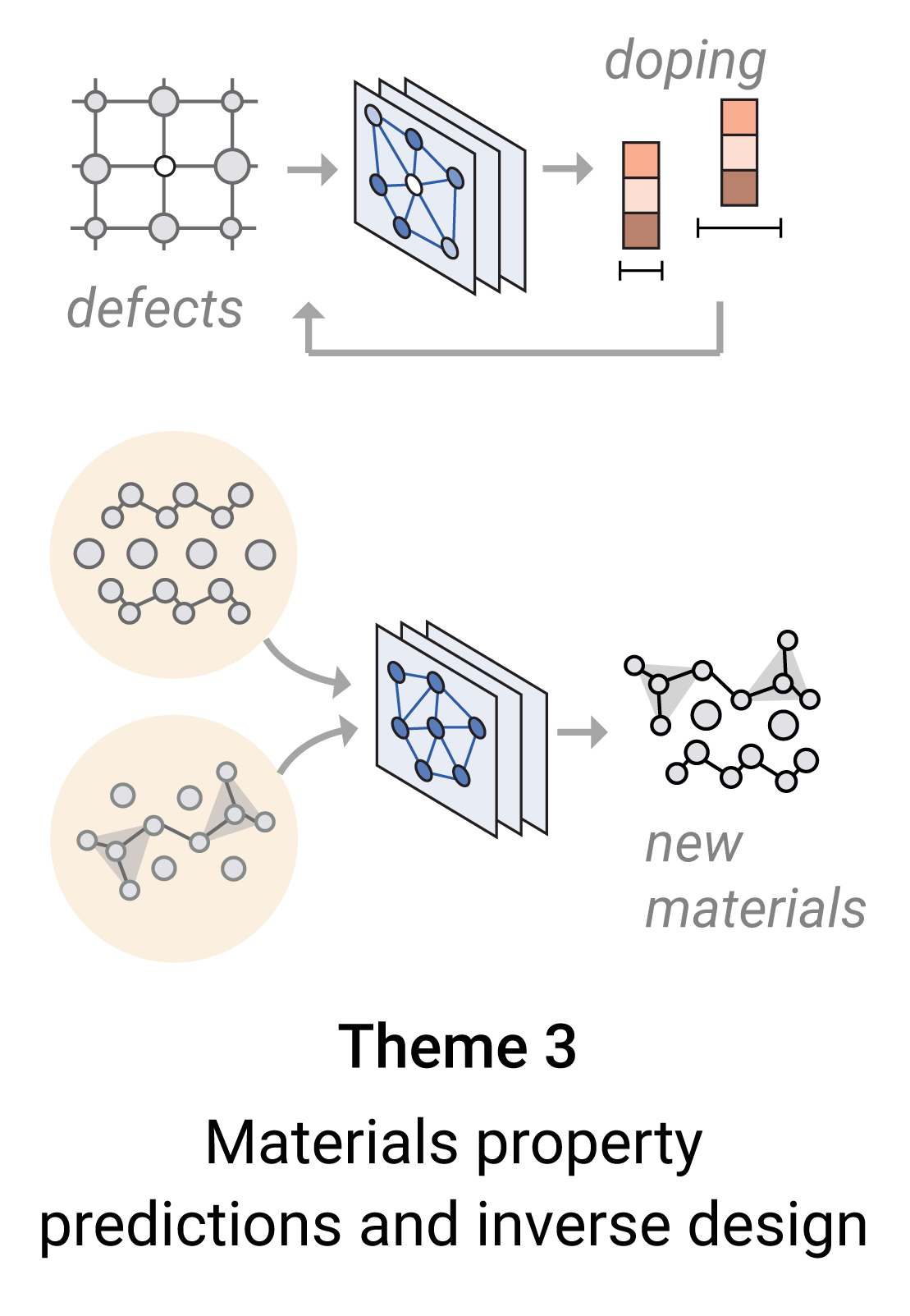
-
CBIS BT 4107
- goraip@rpi.edu
- https://orcid.org/0000-0001-7866-0672
About
Dr. Prashun Gorai is an Assistant Professor in Chemical and Biological Engineering at the Rensselaer Polytechnic Institute. He received his Bachelor’s degree (Indian Institute of Technology - Madras, 2008) and PhD (University of Illinois at Urbana-Champaign, 2014) in Chemical Engineering. He was a postdoctoral fellow (2014-2017) at the Colorado School of Mines (Mines) and the National Renewable Energy Laboratory (NREL). Dr. Gorai held a research assistant professor position in Metallurgical and Materials Engineering at Mines from 2018-2024. He holds a joint appointment at NREL. His research utilizes computational tools, including first-principles methods and machine learning, to discover and design functional materials for energy conversion and storage, next-generation microelectronics, and environmental sustainability. He closely collaborates with experimentalists in the US and internationally, and leads the 3D Materials Lab: www.prashungorai.org. Dr. Gorai received the Chemistry of Materials lectureship award from the American Chemical Society (2023), and the Young Investigator Award from the International Thermoelectric Society (2022). He is an active member of the Materials Research Society (MRS), American Institute of Chemical Engineers (AIChE), and American Chemical Society (ACS).
Research
Computational Discovery and Design of Functional Materials
Our research focuses on the discovery and design of novel materials for energy conversion and storage, next-generation micoelectronics and environmental sustainability. We identify new composition–structure–property relationships to enable materials by design. Historically, materials have been discovered by Edisonian trial-and-error approaches and even, serendipitous “happy accidents.” Designing materials with tailored properties is challenging because of the astronomical number of possible compounds, and structures. We use computational tools, including first-principles methods and machine learning to discover and design functional materials.
Theme 1: Materials Discovery via High-Throughput Searches
 The concept of high-throughput (HT) computational search is simple yet powerful — compute the properties of a large number of materials using first-principles, and then interrogate this database to search for materials with desired properties. Clearly, the predictions should be validated by reality. The HT experimental approach was pioneered over a hundred years ago by Edison; with the advent of accurate computational methods and availability of inexpensive computing resources, its computational counterpart is now a viable path for materials discovery. We are using HT search to find novel materials for applications that require contraindicated combination of materials properties. For example, most known materials with high electrical conductivity also exhibit high thermal conductivity; thermoelectrics require materials with high electrical but low thermal conductivity.
The concept of high-throughput (HT) computational search is simple yet powerful — compute the properties of a large number of materials using first-principles, and then interrogate this database to search for materials with desired properties. Clearly, the predictions should be validated by reality. The HT experimental approach was pioneered over a hundred years ago by Edison; with the advent of accurate computational methods and availability of inexpensive computing resources, its computational counterpart is now a viable path for materials discovery. We are using HT search to find novel materials for applications that require contraindicated combination of materials properties. For example, most known materials with high electrical conductivity also exhibit high thermal conductivity; thermoelectrics require materials with high electrical but low thermal conductivity.
Theme 2: Materials Design Through Doping and Alloying
 Alloying and doping are common ways to design materials with optimized functional and structural properties. From alloying copper with tin to improve mechanical strength of tools and weaponry in the Bronze Age to alloying iron to produce steel during the Industrial Revolution, alloys have become the cornerstone of human advacement. Similarly, doping enabled silicon microelectronics during the Digital Revolution. Like materials discovery (Theme 1), alloying and doping are often driven by chemical intuition and laborious experimental trial-and-error. First-principles computations can accelerate alloying and doping decisions by identifying alloy combinations, optimal compositions, and suitable dopants and their effect on the functional properties. We are using computational approaches to design materials for energy storage and conversion, and next-generation microelectronics.
Alloying and doping are common ways to design materials with optimized functional and structural properties. From alloying copper with tin to improve mechanical strength of tools and weaponry in the Bronze Age to alloying iron to produce steel during the Industrial Revolution, alloys have become the cornerstone of human advacement. Similarly, doping enabled silicon microelectronics during the Digital Revolution. Like materials discovery (Theme 1), alloying and doping are often driven by chemical intuition and laborious experimental trial-and-error. First-principles computations can accelerate alloying and doping decisions by identifying alloy combinations, optimal compositions, and suitable dopants and their effect on the functional properties. We are using computational approaches to design materials for energy storage and conversion, and next-generation microelectronics.
Theme 3: Materials Discovery and Design in Large Chemical Spaces
 Computational design of materials has become viable with the expansion of methods and databases. However, it remains challenging in practice to explore large chemical spaces with ab initio methods alone. It is estimated that there are more than a trillion plausible valence-balanced compositions when considering the elements in the periodic table and up to quarternary stoichiometry. Even more challenging is "inverse design" i.e., building a stable material that possess a specific set of properties. We are using a combination of ab initio methods and machine learning to search for new functional materials in vast chemical spaces.
Computational design of materials has become viable with the expansion of methods and databases. However, it remains challenging in practice to explore large chemical spaces with ab initio methods alone. It is estimated that there are more than a trillion plausible valence-balanced compositions when considering the elements in the periodic table and up to quarternary stoichiometry. Even more challenging is "inverse design" i.e., building a stable material that possess a specific set of properties. We are using a combination of ab initio methods and machine learning to search for new functional materials in vast chemical spaces.
Open Science – Databases, Codes, Public Datasets
Thermoelectrics Design Lab: An open-access database of DFT-calculated thermoelectric properties of ~2700 inorganic materials.
Pylada-defects: An open-source Python package for automation of first-principles point defect calculations
Anisotropy Atlas: A dataset of calculated lattice thermal conductivity tensors of ~2500 layered (quasi-2D) structures from the Inorganic Crystal Structure Database.
3D Materials Lab

Welcome to the 3D Materials Lab. We use computational tools, including first-principles methods and machine learning, to discover and design functional materials for energy conversion and storage, next-generation microelectronics, and environmental sustainability. We are based at the Rensselaer Polytechnic Institute (Troy, New York) and the National Renewable Energy Laboratory (Golden, Colorado).
Visit our research group website: 3D Materials Lab
Openings
We are always interested in meeting prospective students (graduate, undergraduate) and postdocs. If you are excited to discover and design new functional materials for energy and sustainability, please check the open positions: Openings